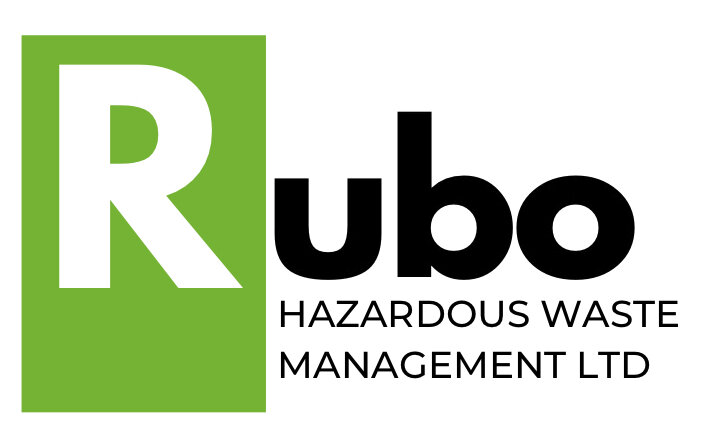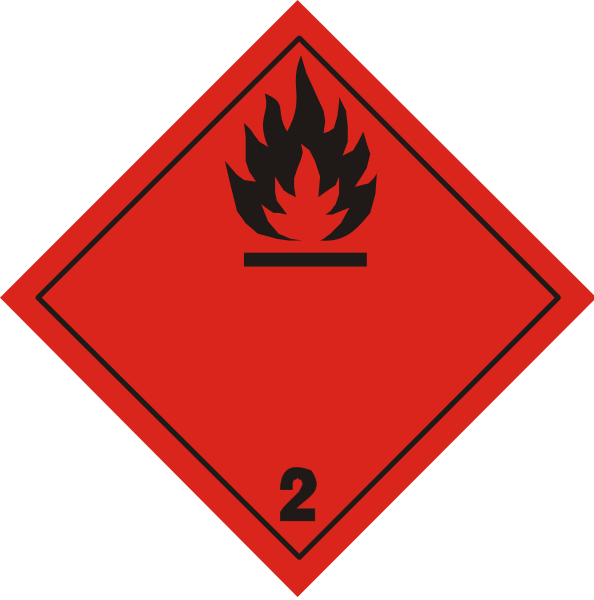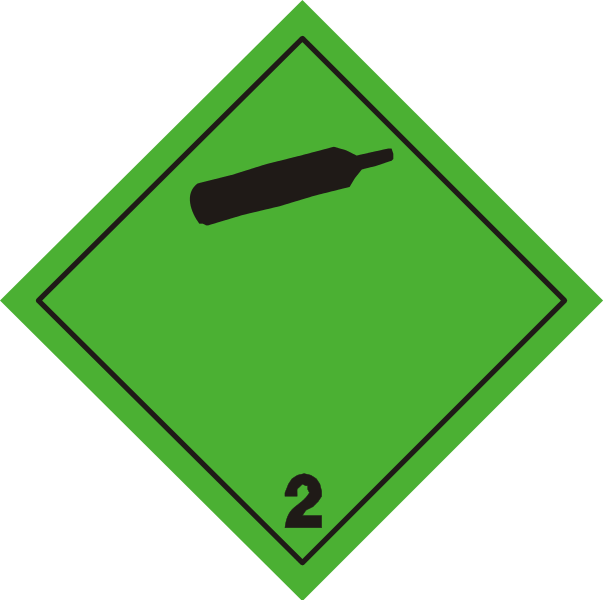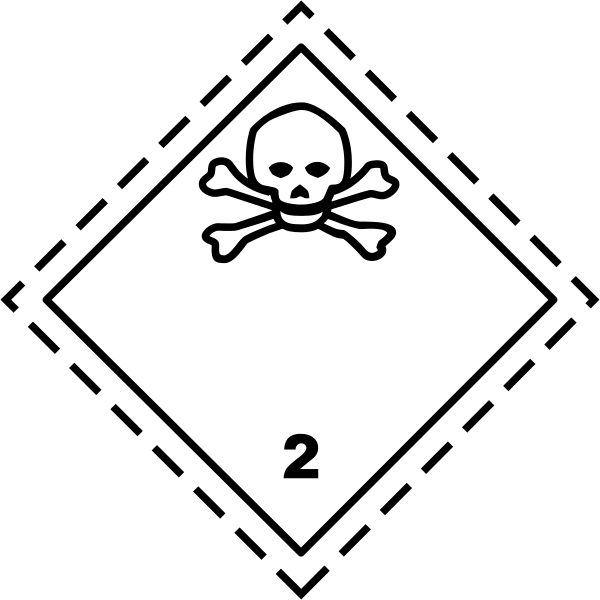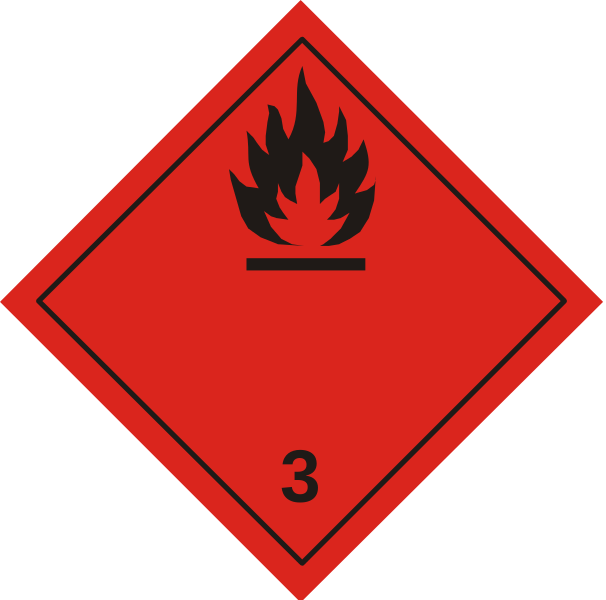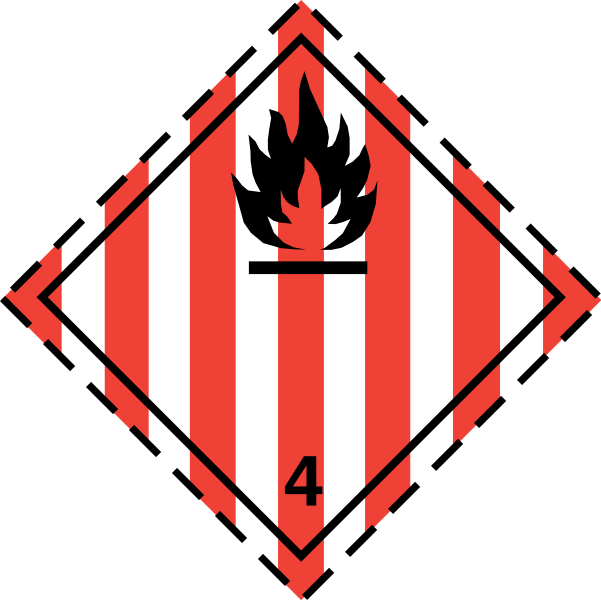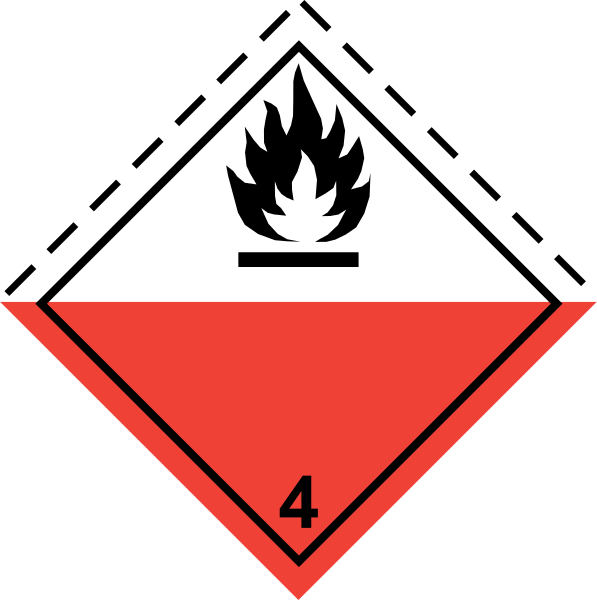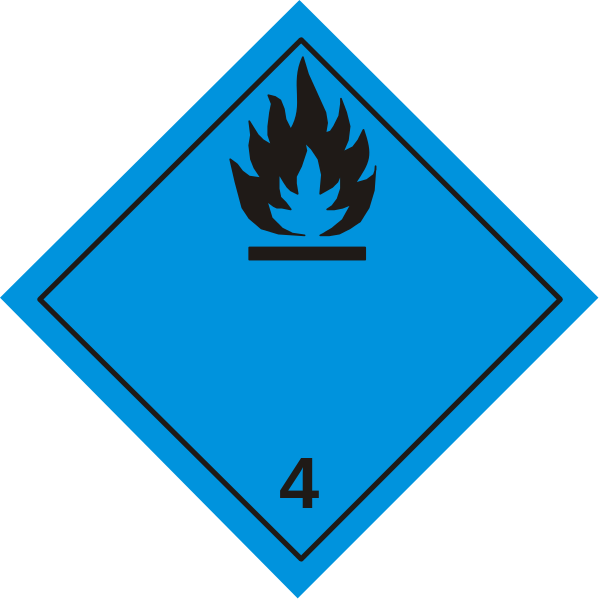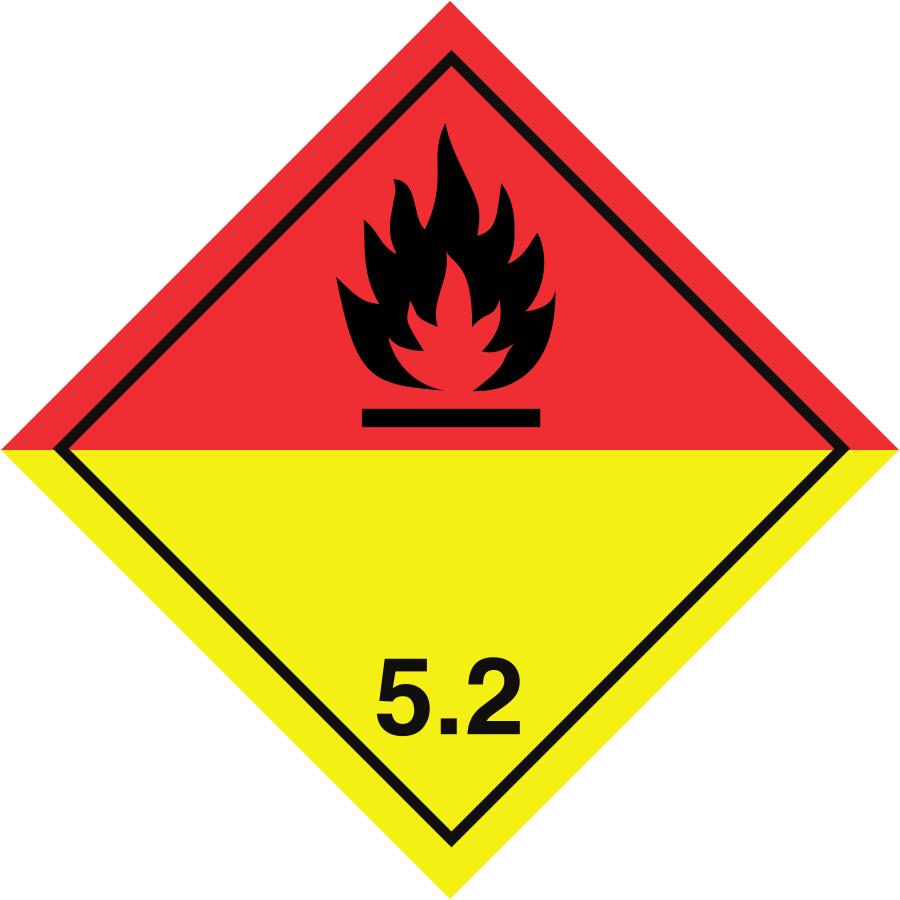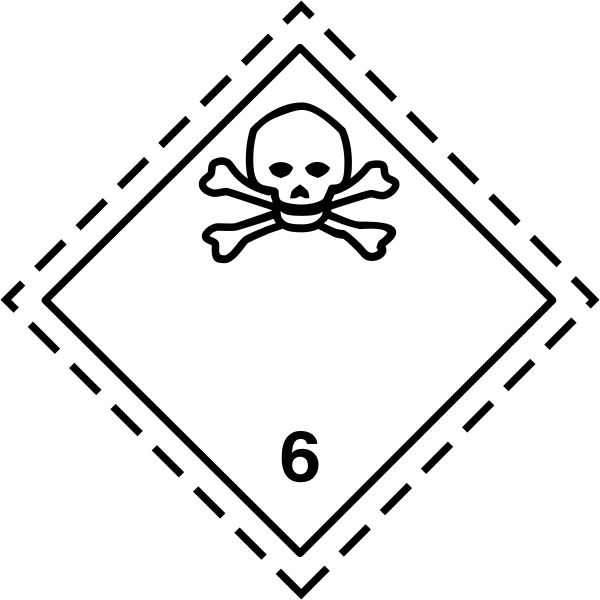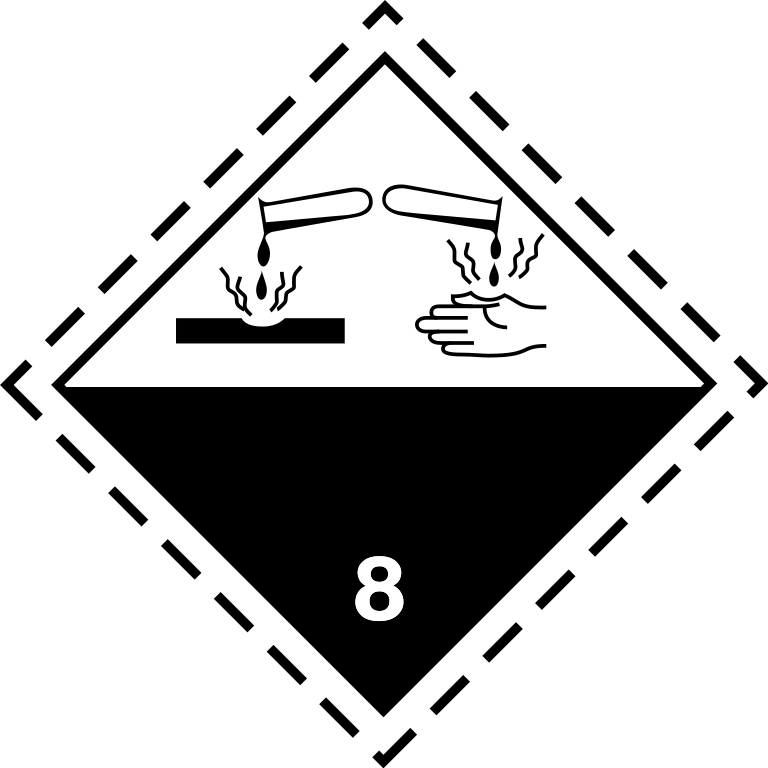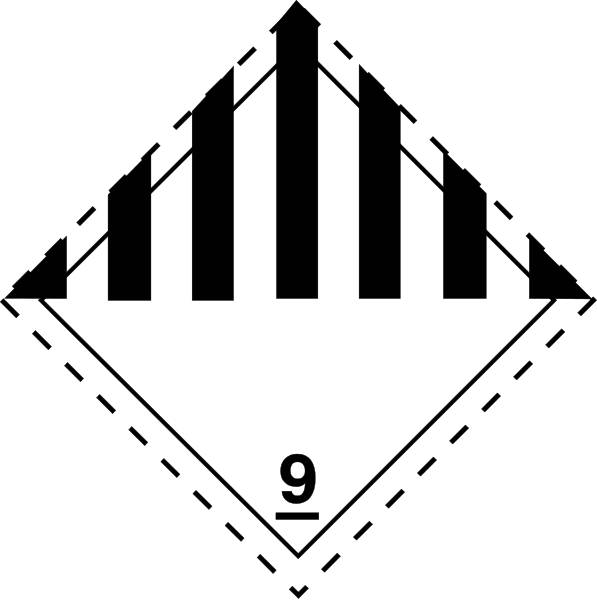
European Waste Catalogue (EWC) Codes: Simplifying Your Waste Classification
At Rubo, we help businesses navigate the European Waste Catalogue Codes for proper waste classification and compliance. Our expert team offers complete solutions for waste collection, assessment, and disposal.
Contact us today for professional assistance with your hazardous and non-hazardous waste management.
European Waste Catalogue (EWC) Codes: Simplifying Waste Classification
The Environment Agency provides comprehensive guidance on waste classification. Navigating the hundreds of EWC codes is vital for ensuring legal and compliant waste management. At Rubo, we can help your business assign the correct EWC code to your waste, ensuring compliance with all regulations.
Our expert team makes waste classification simple, so your business meets all legal requirements. Contact us today for help with your hazardous or non-hazardous waste management.
What Are EWC Codes?
EWC (European Waste Catalogue) codes are six-digit numbers used to classify waste. Assigning the correct EWC code is a legal requirement under the EU Waste Framework Directive (2008/98/EC). These codes not only describe the waste but also specify where it comes from.
With nearly 1,000 specific waste codes, choosing the right one can be challenging. Here’s a quick guide to help you understand the process:
Step 1: Select the Right Chapter
The EWC code system is divided into 20 chapters, which refer to the process from which the waste was produced. Some examples of chapters include:
01: Wastes from mining and quarrying
02: Wastes from agriculture and food processing
08: Wastes from the manufacture of paints, varnishes, and inks
17: Construction and demolition waste
20: Municipal (household) waste
Each chapter gives you the first two digits of the EWC code.
Step 2: Find the Relevant Section
Within each chapter, there are sections that further break down the waste types. For example, in Chapter 08 (wastes from paint and varnish), you will find:
08 01: Wastes from paint and varnish manufacturing and removal
08 02: Wastes from other coatings and ceramic materials
This step helps you assign the next two digits of the EWC code.
Step 3: Pick the Specific Description
The final step is to choose the specific waste description, which provides the last two digits of the code. For example, within the 08 01 section (paint and varnish wastes), you may find:
08 01 11*: Waste paint containing organic solvents or hazardous substances
08 01 12: Waste paint without hazardous substances
Codes ending in * are for hazardous waste.
Example: Selecting an EWC Code
If you need to dispose of solvent-based paint, here’s how you would select the EWC code:
Start with Chapter 08: Wastes from paint and varnish production.
Choose 08 01: Wastes from paint and varnish removal.
Select 08 01 11*: Waste paint containing organic solvents or hazardous substances.
Why Accurate EWC Codes Matter
Choosing the correct EWC code is essential to ensure your waste is managed safely and legally. Under the Waste Duty of Care Code of Practice, it's a legal requirement to assign the most accurate code.
